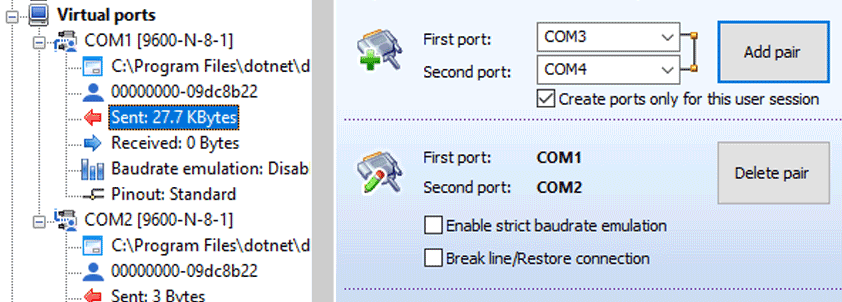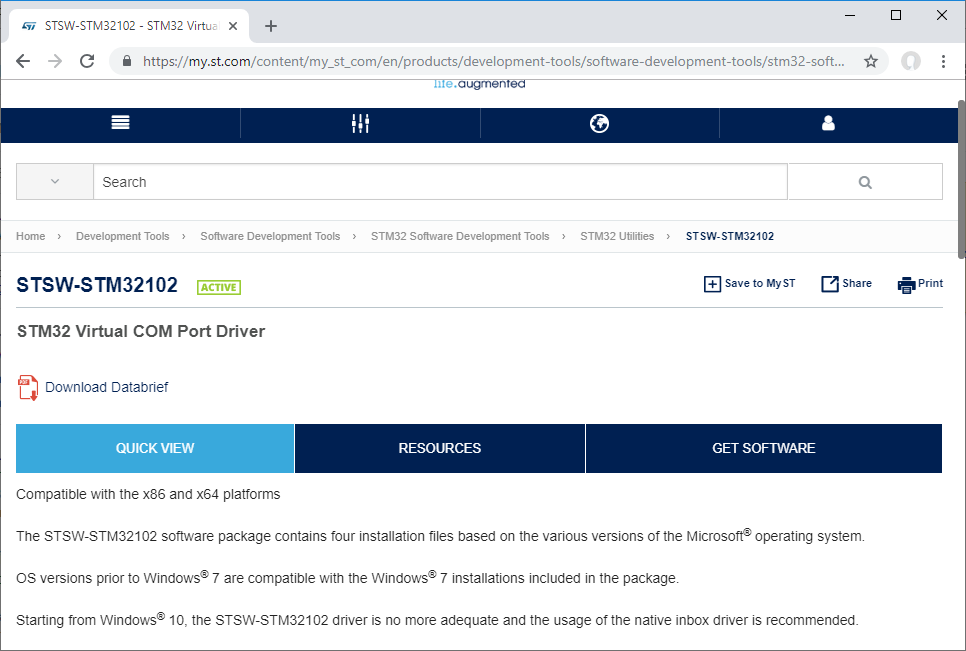

#Virtual port windows 7 serial
Click “OK”Ĭongratulations! You have successfully added a Virtual Serial Port for your TSP100. Highlight the COM port and click “Check Health”įuturePRNT confirms the COM port was added successfully and prints a small test. In the “Startup Type” dropdown box, select “Automatic”. NOTE: Ensure the port number is not currently in use. Click the “OK” button.Ĭongratulations! You have successfully added a Virtual TCP/IP Port for your TSP100LAN.Ĭlick the windows start button navigate All Programs > StarMicronics > Star TSP100 > Configuration Utility.Įnter the desired COM port in the text box and click “OK”. Highlight the port in the list and click “Check Health”.įuturePRNT confirms the TCP/IP port was added successfully and prints a small test. The Status automatically changes to Running.

In the Startup Type dropdown box, select “Automatic”. Ensure the port number is not currently in use. The TSP100LAN utility intercepts this data, converts it to the TSP100LAN’s native language, and then sends it to the printer.Įnsure the futurePRNT Configuration Utility was installed and the TSP100LAN was added to the Devices and Printers (Printers and Faxes) folder.Ĭlick the Windows Start button and navigate All Programs > StarMicronics > Star TSP100 > Configuration Utility.Ĭlick “Virtual TCP/IP Ports” in the left menu.Įnter the port number (usually 9100) in the text box and click “OK”.
#Virtual port windows 7 software
With the virtual TCP/IP port created, the IP address for print jobs is set to the PC’s IP address (192.168.1.73) in the software application. The PC’s IP address on the network is 192.168.1.73. In the above example, the TSP100LAN’s IP address on the network is 192.168.1.10. Remove and reinstall the serial or parallel ports to force Windows to. The virtual TCP/IP port utility will receive the data and then send it to the printer. This document applies to HP and Compaq desktop computers with Windows 7 or Windows. NOTE: Port 9100 receives data from software applications by designating the IP address of the computer ensure the software is sending data to the PC’s IP address, and not the printers. The virtual port takes all data sent to port 9100 and redirects it to the TSP100LAN to emulate direct to ethernet printing support. Setting up a virtual TCP/IP port allows software applications to send data directly to the TCP/IP output port, “9100” in most cases. The TSP100LAN does not natively support direct to ethernet port printing. Supported Interfaces: Ethernet (LAN), USB

#Virtual port windows 7 how to
This application note explains how to assign a Virtual TCP/IP or Serial Port to the TSP100 series printer on Windows.


 0 kommentar(er)
0 kommentar(er)
